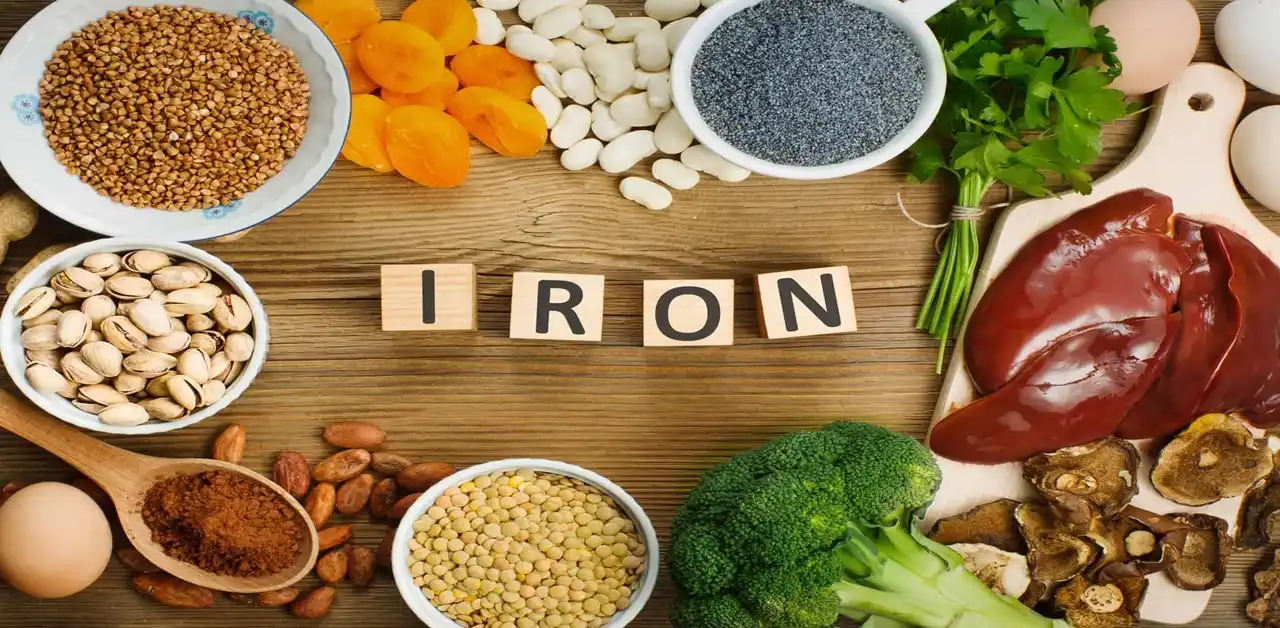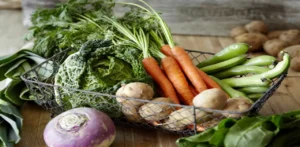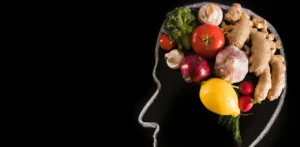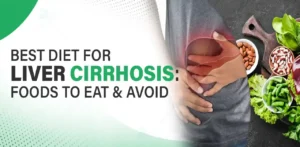Contents
Hemochromatosis, commonly known as Bronze Diabetes, is a genetic disorder characterized by excessive iron absorption in the body, leading to a buildup of iron in organs like the liver, heart, and pancreas. This condition can have serious health implications if not managed properly, making dietary considerations a crucial aspect of treatment. In this guide, we’ll delve into the Hemochromatosis diet, foods to avoid, nutrition tips, and delicious recipes to help you navigate this condition effectively.
Understanding Hemochromatosis
Before we dive into dietary specifics, let’s understand the basics of Hemochromatosis. This disorder disrupts the body’s ability to regulate iron absorption, causing excess iron to accumulate in tissues and organs. Over time, this iron overload can lead to organ damage and various health complications, including liver disease, diabetes, arthritis, and heart problems.
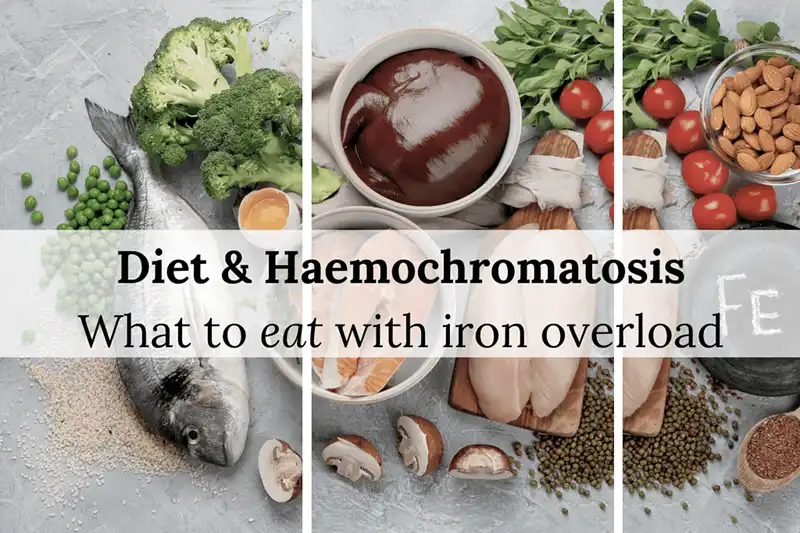
Hemochromatosis Diet Basics
Managing Hemochromatosis begins with a carefully tailored diet aimed at controlling iron intake. Here are some essential dietary guidelines:
- Limit Iron-Rich Foods: Avoid or limit consumption of red meat, liver, shellfish, and iron-fortified foods, as they are high in iron content.
- Watch Vitamin C Intake: Vitamin C enhances iron absorption, so be cautious with citrus fruits and juices.
- Limit Alcohol: Alcohol can increase iron absorption and contribute to liver damage, so moderate or eliminate alcohol consumption.
- Avoid Raw Seafood: Raw seafood may contain bacteria that can be harmful, especially for individuals with Hemochromatosis.
- Stay Hydrated: Adequate hydration supports overall health and can help flush out excess iron.
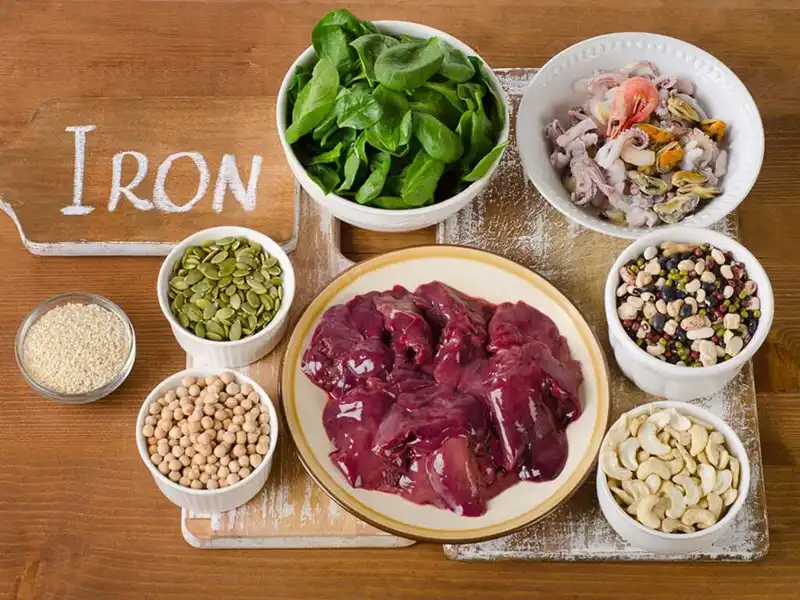
Foods to Avoid with Hemochromatosis
Specifically, it’s important to avoid or minimize consumption of the following foods:
- Red meat and organ meats
- Shellfish such as clams, mussels, and oysters
- Iron-fortified cereals and supplements
- Vitamin C supplements in excess
- Alcohol, especially in large quantities
- Raw seafood or undercooked meats
Hemochromatosis-Friendly Meals
Crafting Hemochromatosis-friendly meals involves creativity and attention to detail. Here are some meal ideas to inspire your culinary journey:
- Grilled Salmon with Quinoa and Steamed Vegetables: A nutrient-rich meal with omega-3 fatty acids from salmon and protein-packed quinoa.
- Spinach and Chickpea Salad: A refreshing salad packed with iron-absorption inhibitors from spinach and fiber from chickpeas.
- Turkey and Avocado Wrap with Whole Grain Tortilla: A delicious and balanced lunch option with lean protein and healthy fats.
- Vegetable Stir-Fry with Tofu: A colorful stir-fry loaded with veggies, tofu for protein, and served over brown rice.
- Mango-Berry Smoothie with Almond Milk: A vitamin C-rich smoothie without added iron, perfect for a nutritious breakfast or snack.
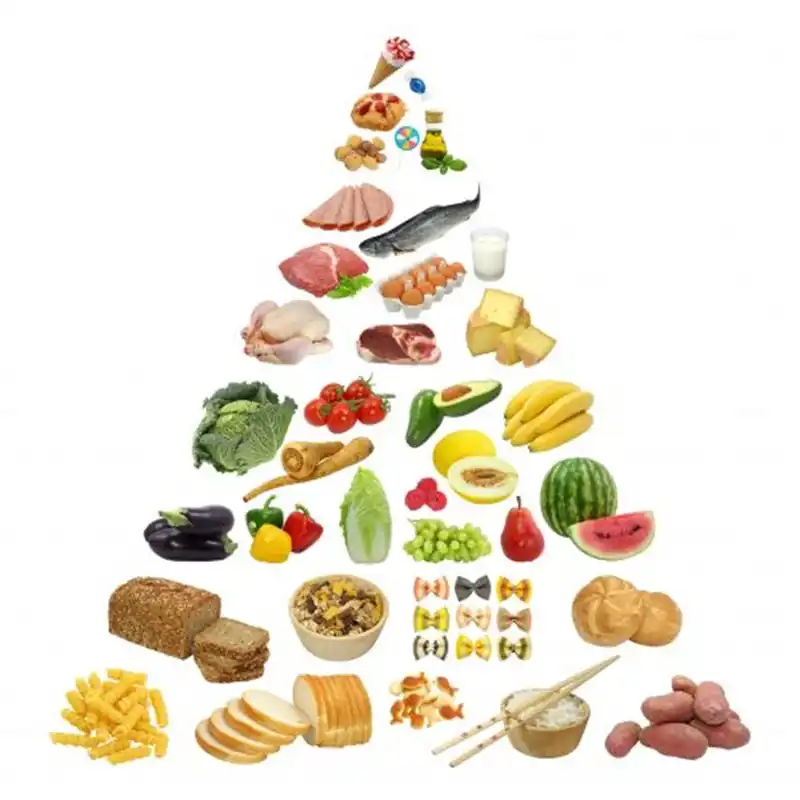
Also Read: “What Is a Pollotarian Diet? Benefits, Food Lists, and More”
Diet for Hemochromatosis Management
In addition to meal planning, consider the following dietary strategies for effective Hemochromatosis management:
- Regular Monitoring: Regularly monitor iron levels through blood tests to adjust your diet and treatment as needed.
- Cooking Methods: Opt for cooking methods that reduce iron absorption, such as boiling or stewing, over frying or grilling.
- Herbal Teas: Enjoy herbal teas like green tea, which contain compounds that may help inhibit iron absorption.
- Calcium-Rich Foods: Include calcium-rich foods like dairy products or fortified non-dairy alternatives to inhibit iron absorption.
- Moderate Portions: Pay attention to portion sizes to avoid excessive intake of iron or other nutrients.
Hemochromatosis Nutrition Tips
To optimize your nutrition while managing Hemochromatosis, keep these tips in mind:
- Balanced Diet: Aim for a balanced diet rich in fruits, vegetables, whole grains, lean proteins, and healthy fats.
- Iron Absorption Inhibitors: Incorporate foods that inhibit iron absorption, such as calcium-rich foods, tea, and coffee.
- Limit Vitamin C: Be mindful of vitamin C intake and avoid excessive supplementation or concentrated sources.
- Hydration: Stay adequately hydrated to support overall health and aid in flushing out excess iron.
- Consult a Dietitian: Work with a registered dietitian familiar with Hemochromatosis to develop a personalized nutrition plan.
Best Foods for Hemochromatosis
While it’s essential to avoid certain foods, there are plenty of nutritious options that are beneficial for individuals with Hemochromatosis:
- Leafy Greens: Spinach, kale, and collard greens are rich in iron-absorption inhibitors like oxalates.
- Legumes: Beans, lentils, and chickpeas provide protein and fiber without high iron content.
- Whole Grains: Choose whole grain options like brown rice, quinoa, and oats for fiber and nutrients.
- Fruits: Opt for fruits low in vitamin C, such as berries, apples, and pears, to minimize iron absorption.
- Lean Proteins: Include lean sources of protein like poultry, fish, tofu, and plant-based proteins in your diet.
Also Read: “Diabetes Nutrition: Control, Management, and Delicious Recipes”
Hemochromatosis-Friendly Recipes
Try these delicious and Hemochromatosis-friendly recipes to add variety to your meals:
- Quinoa-Stuffed Bell Peppers: Fill bell peppers with quinoa, black beans, diced tomatoes, and spices for a flavorful dish.
- Lentil Soup with Spinach: A hearty soup combining lentils, spinach, carrots, and herbs for a nutritious meal.
- Grilled Chicken and Vegetable Skewers: Marinate chicken and veggies in a light marinade, then grill for a satisfying meal.
- Tofu and Vegetable Curry: A fragrant curry with tofu, mixed vegetables, coconut milk, and curry spices served over rice.
- Berry Chia Pudding: Mix chia seeds with almond milk and berries, refrigerate overnight, and enjoy a healthy dessert or breakfast.
Managing Hemochromatosis through diet is a proactive and vital aspect of treatment. By following a balanced diet, avoiding iron-rich foods, and incorporating Hemochromatosis-friendly recipes, you can support your health and well-being while effectively managing this condition. Remember to consult with healthcare professionals and registered dietitians for personalized guidance and support on your Hemochromatosis journey.
